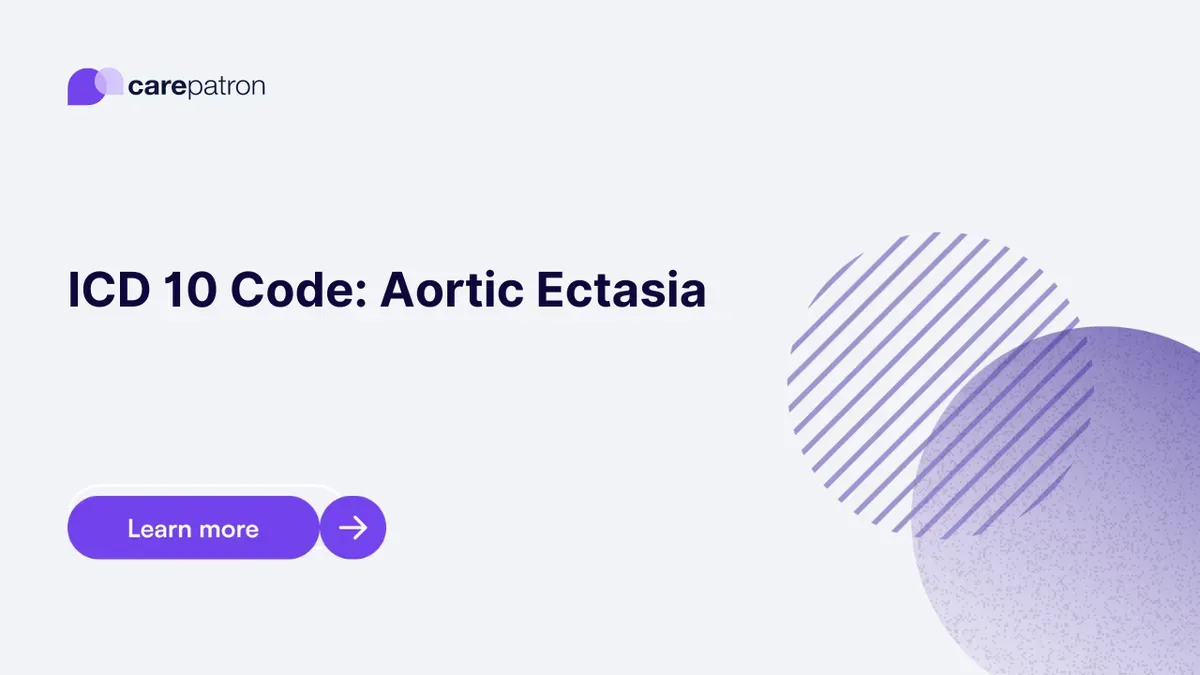
Aortic Ectasia ICD-10-CM Codes | 2023
Dive into the importance of ICD-10 codes for aortic ectasia in diagnosis, treatment, billing processes, and more.
Use Code
Commonly asked questions
Healthcare practitioners can use the aortic ectasia ICD code once they’ve finalized the diagnosis using assessments and tests.
Yes, the mentioned aortic ectasia diagnosis codes are billable.
The common treatments for aortic ectasia are medication and a lifestyle change. Surgery may also be required in extreme cases.
EHR and practice management software
Get started for free
*No credit card required
Free
$0/usd
Unlimited clients
Telehealth
1GB of storage
Client portal text
Automated billing and online payments
